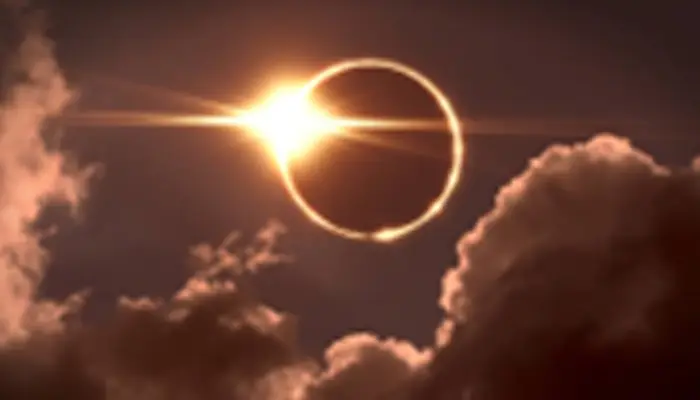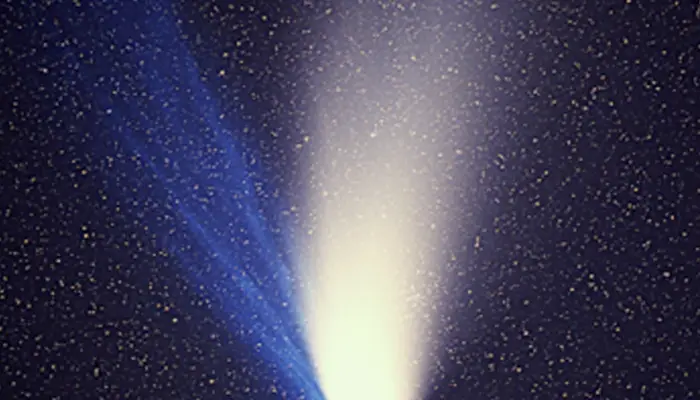Unlocking the Cosmos: MSU Astronomer Reveals Why the 2024 Total Solar Eclipse Will Leave You Starry-Eyed
- Admin
- 1 year ago
- 3 minutes read

Every year heralds celestial spectacles worth anticipating—from comets to meteor showers to planetary alignments. On April 8, 2024, a rare event graces the skies, one not visible in the contiguous United States until 2045.
Shannon Schmoll, director of Michigan State University's Abrams Planetarium, sheds light on this exceptional eclipse. She underscores its uniqueness and offers invaluable advice for safely observing this cosmic marvel.
What is a Total Solar Eclipse and Why is it a Big Deal?
A total solar eclipse happens when the moon aligns perfectly between the sun and Earth, blocking the sun's face. Although the moon passes between Earth and the sun every lunar cycle, its orbit is slightly tilted, so it doesn't always create an eclipse. For any spot on Earth, the chance to witness totality occurs every 375 years. This rare event captivates sky gazers worldwide, drawing attention to the cosmic dance of celestial bodies. It's a reminder of the intricate interplay of nature's forces and the beauty that unfolds when they align in perfect harmony.
When and Where is the Total Solar Eclipse?
On April 8, 2024, North America will witness a captivating eclipse. Commencing on Mexico's Pacific coast at approximately 11:07 a.m. PDT, totality—the breathtaking moment when the moon fully obscures the sun—will occur. The eclipse's path of totality spans 125 miles wide, traversing from Mexico to Canada. It will journey through various states, including Texas, Oklahoma, Arkansas, Missouri, Illinois, Kentucky, Tennessee, Michigan, Indiana, Ohio, Pennsylvania, New York, Vermont, New Hampshire, and Maine. This celestial phenomenon promises to awe spectators across the continent as they gather to witness the mesmerizing interplay of light and shadow.
How can I View the Total Solar Eclipse Safely?

When witnessing a total solar eclipse, safeguarding your eyes is paramount. Even with most of the sun obscured, direct viewing can lead to permanent damage. Eclipse glasses are essential for safe observation. During totality, you may briefly remove them, but otherwise, eye protection is crucial. Indirect viewers are a safe alternative, projecting the sun's image without risk. However, using binoculars or telescopes without proper filters is extremely hazardous.
For those traveling to witness this awe-inspiring event within the path of totality, preparation is key. Stock up on essentials like food, water, and ensure a full gas tank. Expect increased traffic and plan accordingly, perhaps considering staying put and returning home another day. Safety and preparedness are paramount for a memorable and worry-free eclipse experience.
What will We See?
As the eclipse unfolds, the sky will darken, enveloping you in an otherworldly atmosphere. Witness a breathtaking 360-degree sunset, accompanied by the emergence of bright stars and planets. In Michigan, the spectacle manifests as a partial solar eclipse, with the moon obscuring a substantial 90% to 99% of the sun's brilliance.
What are Some Other Astronomical Events to Look Up for This Year?
Comets, remnants of our solar system's birth, consist of rock, dust, and ice. When near the sun, they develop tails. In spring, keep an eye out for Comet Pons-Brooks, visible through binoculars, with peak brightness forecasted on April 21. In fall, Comet Tsuchinshan-ATLAS might be visible before sunrise in late September and during evenings in October, with the best viewing expected on Oct. 13.

Meteors, rocks and dust entering Earth's atmosphere, often burn before reaching the surface. Look to the skies for these meteor showers: Eta Aquariids on May 5-6, Perseids on Aug. 12-13, and the Geminids' peak on Dec. 13-14.
Supermoons occur when a full or new moon aligns closely with Earth. Mark your calendar for three supermoons in 2024: Sept. 18, Oct. 17, and Nov. 15.



.webp)
.WEBP)
.WEBP)
.webp)
.webp)


.webp)
.webp)
.webp)